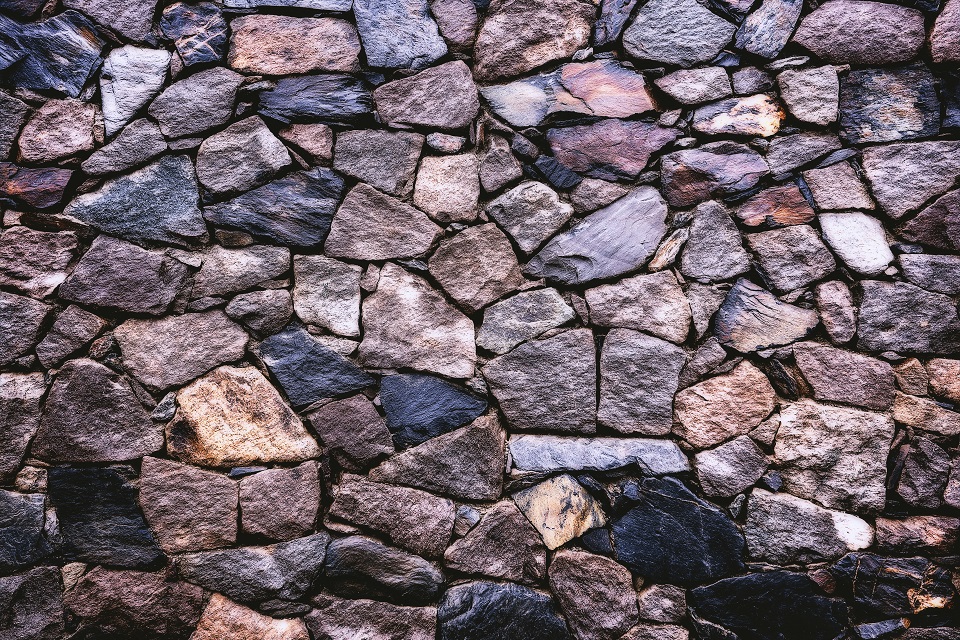Masonry is the oldest fraternal organization in existence. Brick and concrete block masonry offer great compressive strength. They are also non-combustible, which increases the lifespan and resale value of a building. Masonry is resistant to rot, insects, and weather damage.
It’s The Oldest Artificial Material
Masonry has been around for thousands of years. From monuments that can be seen from space to roads that created nations, masons have been constructing our buildings for millennia.
When a mason mixes mortar, they begin with sand and any lime, then add cement and finally water to create the binding material that holds together brick and other materials. This mix is usually placed into a mixer to maintain consistency from batch to batch.
Bricks and other types of masonry blocks are the oldest artificial building materials. They absorb and lose heat slowly, making them an excellent insulator. Brick homes command a higher resale price and have lower insurance costs than non-brick homes.
Early Masonic lodges were exclusively male, a practice that was based on traditional social arrangements and the Old Charges (which included a requirement that members must be freemen without bondage). But in the 17th century, so-called “lodges of adoption” opened up, accepting wives, daughters, and female relatives of Masons.
It’s Resistant To Mold
Masonry Avon MA is a durable type of construction that is resistant to mold, mildew, and insect infestations. Additionally, masonry is non-porous and will not absorb moisture from the air like wood and other common building materials.
While masonry construction has fallen out of fashion since the advent of steel and concrete structures, it is still a reliable and attractive option for residential and commercial projects. Masonry buildings are soundproof and provide high insulation, making them comfortable and energy-efficient for residents or employees.
Masonry can be made from various materials, including brick, stone, and concrete blocks. These units are usually bonded with mortar and may be dressed or undressed. Dressed stone masonry gives a more uniform appearance and comes in specific sizes, while undressed stone masonry has an authentic, natural look. Concrete blocks, also known as cinder blocks or breezeblocks, are often used in masonry construction because they are easier to handle and lay than individual bricks.
It’s Fire-Resistant
Masonry materials, including bricks, stones, and concrete blocks joined by mortar, don’t catch fire. This feature makes masonry construction safer and more resistant to damage from earthquakes and wind-blown debris. Masonry is also termite and wood-destroying insect pest-resistant.
The non-combustible construction of masonry structures slows the progression of fire and may provide more time for building occupants to escape or ride out a fire. This is why the Masonry Advisory Council strongly recommends that building codes and regulations incorporate a balanced design approach to fire safety that includes smoke, heat, flame, and fire resistance provisions.
Masonry construction is also more thermally massed, helping to stabilize indoor temperature and reduce heating and cooling costs. Often, walls made of stone and brick are 2 1/2 times more resistant to heat transfer than stud walls. This is why masonry construction has a higher fire rating than other fences. It also has better acoustic performance.
It’s Beautiful
Masonry is a skilled trade that uses stone, brick, and concrete blocks. It also encompasses walkways and walls constructed of these materials.
Bricks and stones are naturally beautiful, but masonry can be made even more aesthetically pleasing by using various colors and finishes. This adds a unique touch that can set a building apart from others in the same neighborhood.
Additionally, masonry is highly fire-resistant. It won’t quickly burn and is less flammable than wood or plastic. This makes it an excellent choice for buildings that need extra fire protection.
